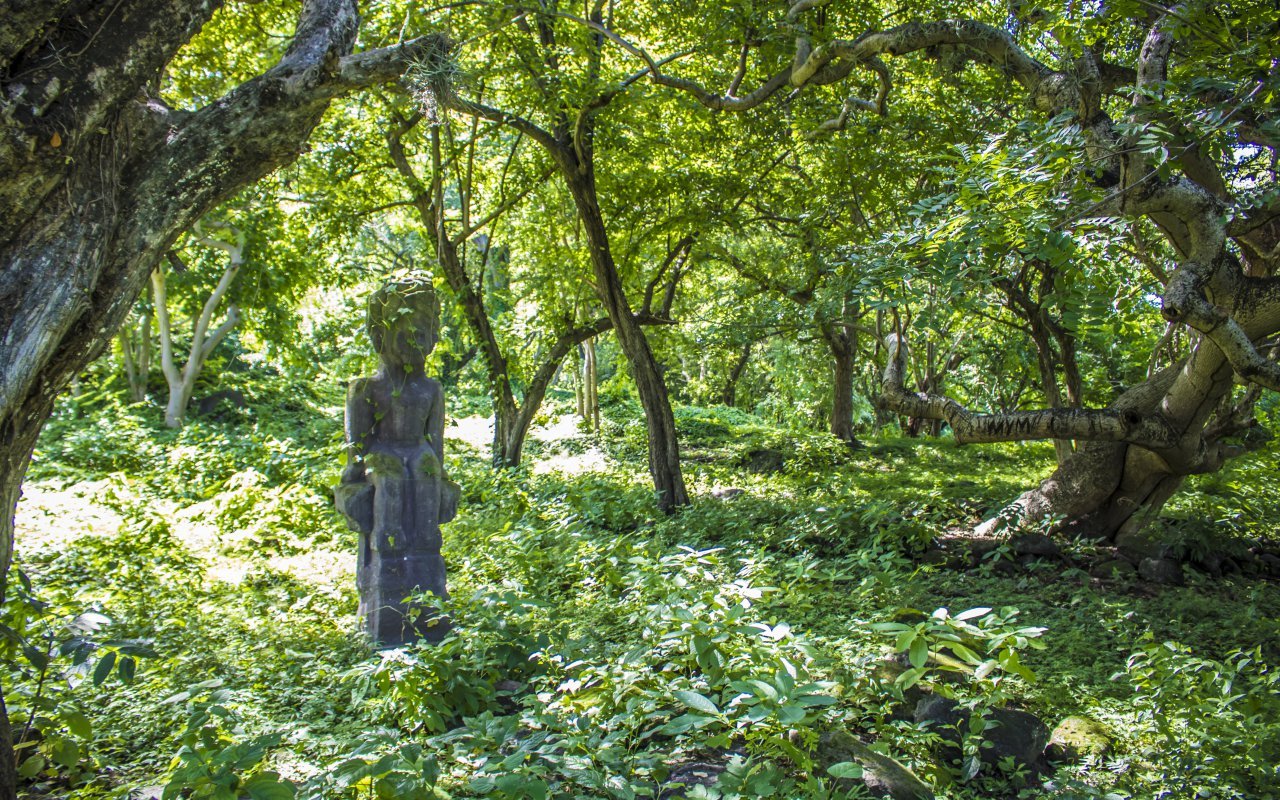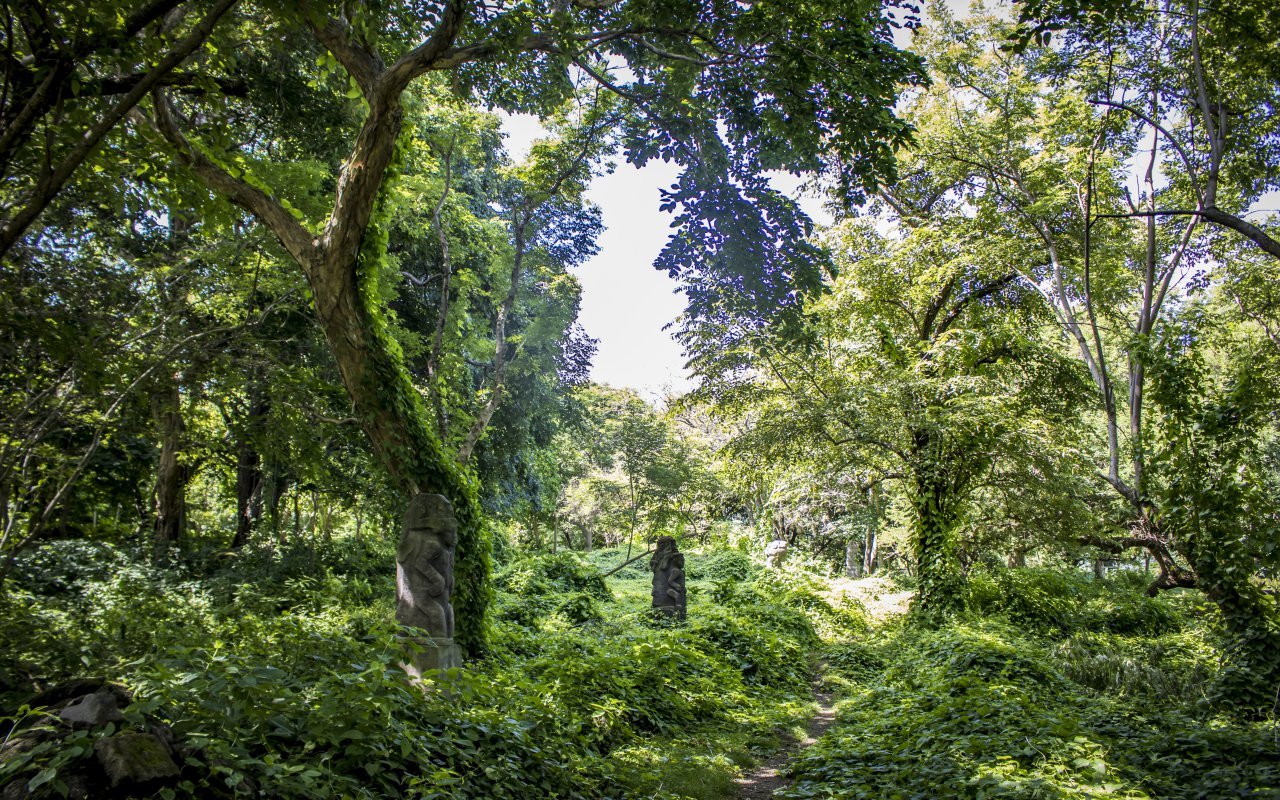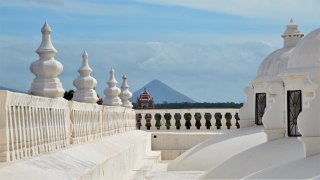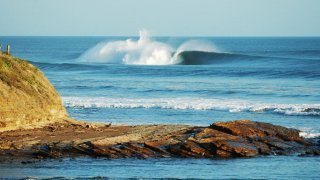A few tens of kilometers south of the beautiful Granada is the archipelago of Zapatera, right in the middle of the water. No particular wink for Zapata or other known heads of the region, but a great archaeological surprise of Nicaragua. It was a religious center long before Columbus and his friends landed on the New World. The island of the dead, the village of the ducks or the houses with nets are all nicknames of localities of isla Zapatera. Lovers of local stories and legends, welcome !
Its Volcano and Geography
The sleeping volcano Zapatera, 629 meters high, is the island of the same name. Zapatera, with an area of 52 km2, is the second largest island in Lake Nicaragua after Ometepe. Located not far from the mainland, its closest point being 1 km away, it belongs to the volcanic chain that crosses the country from north to south.
The Zapatera Archipelago, consisting of the island of Zapatera and 10 neighboring islets of varying sizes, the main ones being Isla del Muerto, Jesús Grandes, El Plátano and El Armado, was declared a national park in the early 1980s .
The ancient cone of the volcano Zapatera is surrounded by hills and valleys covered by dense dry tropical forests. In spite of the agricultural exploitations and the illegal extraction of precious woods, the island remains very green thanks to an abundant vegetation that shelters an important wildlife, in addition to the impressive collection of statues, ceramics and petroglyphs from the pre-Columbian period. You will be able to meet many birds (toucans, parrots, kingfishers, falcons) and mammals (ocelots, jaguars, armadillos, deer).
History and Cultural Heritage
The local archaeological wealth will satisfy professional or budding explorers. Pre-Columbian studies of Zapatera Island are rare and excavations have been too irregular due to the historical and economic contexts of the country. Statues, petroglyphs and ceramics have been discovered in great numbers all over the island and its surroundings. It will have been necessary to wait until the middle of the 19th century to discover publications on the archaeological potential of the island.
A little later, strongly inspired by the first publications on Zapatera, the European explorer Bovallius discovered about twenty statues in the northeast of the island and numerous petroglyphs on one of the satellite islands of Zapatera.
During Nicaragua’s dark years, scientific exploration of the archipelago was clearly abandoned. At the beginning of the 80’s, small researches were undertaken locally which put forward certain petroglyphs and ceramics.
Finally, the little research carried out and the little interest of the international community in Nicaragua has not yet made it possible to identify the real function of the island of Zapatera. Was it a place of worship? Was it a place of sacrifice? What legacy did this island leave to the indigenous communities? Unfortunately, the archaeological treasure of the island has been plundered many times. Many statues have been taken, moved and landed in private collections. However, they can be seen at the Convento San francisco Museum in Granada or as ornaments on some state buildings.
What to do and see in the Zapatera Archipelago ?
The isolation of this volcanic island and the lack of tourist infrastructure guarantee travelers a unique experience by meeting the families living on the island and through the following activities :
- a stroll to discover the archaeology of the island
- a hike in the forests to observe the fauna and flora
- a fishing trip in the calm waters of the lake
- a sailing trip
- a kayak tour
- beautiful sunsets on the lake
How to get there
There is still no public transportation to get to the island of Zapatera. Only private transportation organized from Granada or via a hotel on the island will allow you to get there.


















